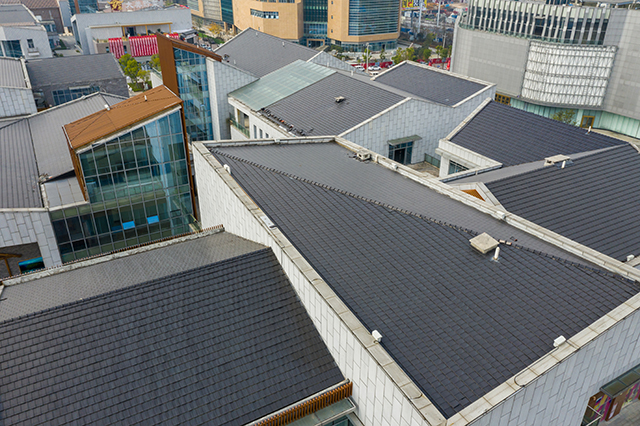Does the lightweight feature of the flat clay roof tile reduce the structural burden?
When it comes to roof materials, people may not immediately associate flat clay roof tiles with lightweight characteristics. After all, clay is often considered a heavy and sturdy material. However, the flat clay roof tile is highly popular due to its aesthetic appeal and surprisingly lightweight nature. But does this lightweight nature really reduce the structural burden of buildings? Let's study it carefully.
The attractiveness of flat clay roof tile
The flat clay roof tile is loved by architects and homeowners for its timeless appearance and versatility. They offer the classic appearance of traditional clay or concrete tiles, but adopt a flatter and more modern profile. This aesthetic appeal, combined with their durability, makes them an attractive roof choice for different architectural styles.
The advantage of being lightweight
One of the key selling points of flat roof clay tiles is their relatively light weight compared to traditional clay or concrete roof materials. This lightweight property has several potential advantages:
Structural considerations: The lightweight performance of the flat clay roof tile reduces the load on the building structure. This is particularly beneficial for old buildings or buildings that have not been designed to support the heavy weight of traditional clay or concrete tiles.
Easy installation: Roof professionals usually prefer to handle and install lighter materials. This may lead to faster and more economical installation, reducing labor costs
Multifunctionality: The lighter weight of flat roof clay tiles means they can be used for a wider range of buildings, including those with lightweight structural frames, without affecting structural integrity.

Balancing considerations
Although the lightweight nature of the flat clay roof tile brings multiple benefits, it must be balanced with certain considerations:
Weathering resistance: Lighter tiles may be more vulnerable to strong winds or extreme weather conditions. Proper installation and maintenance are crucial to ensuring their lifespan.
Durability: Traditional clay or concrete tiles are known for their durability, typically lasting for decades. The flat roof clay tiles should still be expected to have a long service life, but lighter weight may not be equivalent to the same level of robustness.
Cost: Flat clay roof tiles may be more expensive than other roof materials. However, lower installation costs may help offset this initial investment.
In summary, the lightweight nature of flat roof clay tiles can indeed reduce the structural burden of buildings, making them a practical choice for different architectural styles and structural types. However, careful consideration must be given to the specific needs of the project and the local climate conditions to ensure that the benefits of lightweight roofing materials align with your long-term goals for the building.
